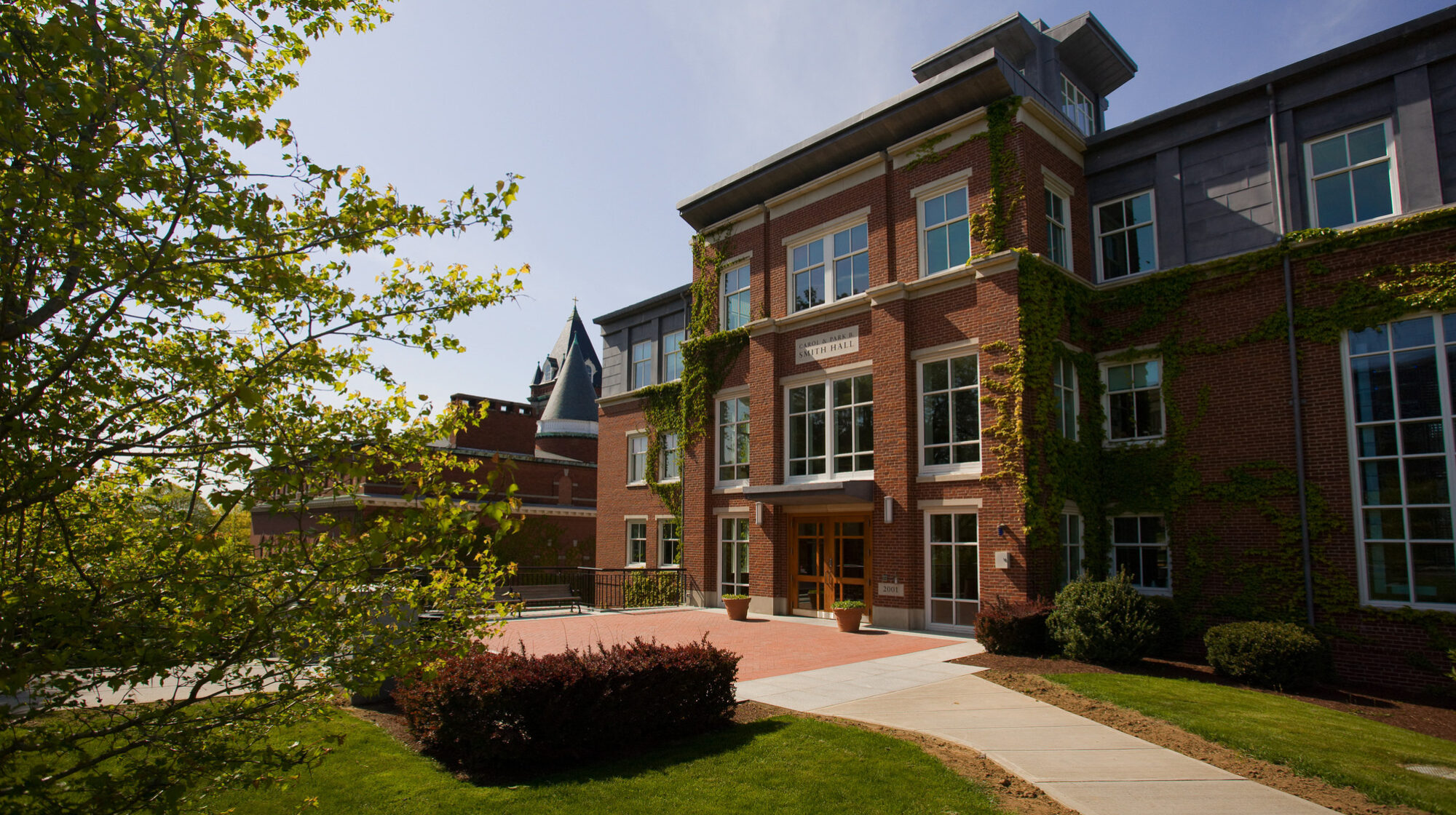
By Patty Corey ’18
I went Moscow, Russia for two weeks through the Weiss Summer Research Program and the Ignite Fund to research the Moscow Metro system, specifically looking at the newest stops that have been recently built during the Putin administration. My inspiration for this project came from a brief discussion with the humanities program director, Dr. Anthony Cashman, as I told him that one of my first cultural immersion experiences when I studied abroad in Moscow for seven months my junior year, was learning how to use the Moscow metro system as well as learning new Russian phrases and literary and historical figures that are visually and aesthetically represented within the stations.
My research experience has been the most exciting, since I got to go Moscow for two weeks where I intensively studied 20 stations, a mix of old and new to start comparing and contrasting concepts, themes, and figures. When I was in Moscow, my typical day was getting up, having breakfast with my host mother, Alla, and going out for six hours and just riding the metro, stopping at the stations that I precisely researched but also allowing my creative imagination to go wild and to stop wherever I wanted to.
Likewise, my faculty advisor, Professor Amy Adams, encouraged me to treat the beginning stages of my research as an adventure, visiting the metro stations, taking pictures, and writing down my reactions and observations no matter what they are. Even similarity now, I am encouraged to research anything new and interesting that may help me to make conclusions, such as recalling how Alexander Pushkin, national symbol, poet, and icon, defines and redefines the narrative of “freedom” and “will” in his poetry and Russian culture.

My hope is that this research will help Americans understand certain aspects of Russian culture, but beyond this, I believe we can learn a lot from how Russia commiserates, celebrates, and condemns figures, events, and certain achievements when we look specifically at the metro system that contains several murals, stained glass windows, painted walls and ceilings, and statues of both perceived “positive” and “negative” figures. In America, we recently have had issues in how we publicly display history and figures who have done terrible things.
Such questions can even affect communities like Holy Cross. The Moscow metro system, between older and newer stops, still continues to display Lenin and Stalin, but as well as famous literary geniuses such as Chekhov, Dostoevsky, Pushkin, and Mayakovsky, and many sports and science achievements, all represented eclectically in one system. Thus, my project can inform and influence how Americans think about public and historical memories that may not have been our most glorious moments. However, my advice for anyone considering the Weiss Summer Research Program is that choose a project that comes from a true and authentic place of curiosity and interest, because that is where unique projects are discovered, just like mine which came from a genuine place of amazement.

